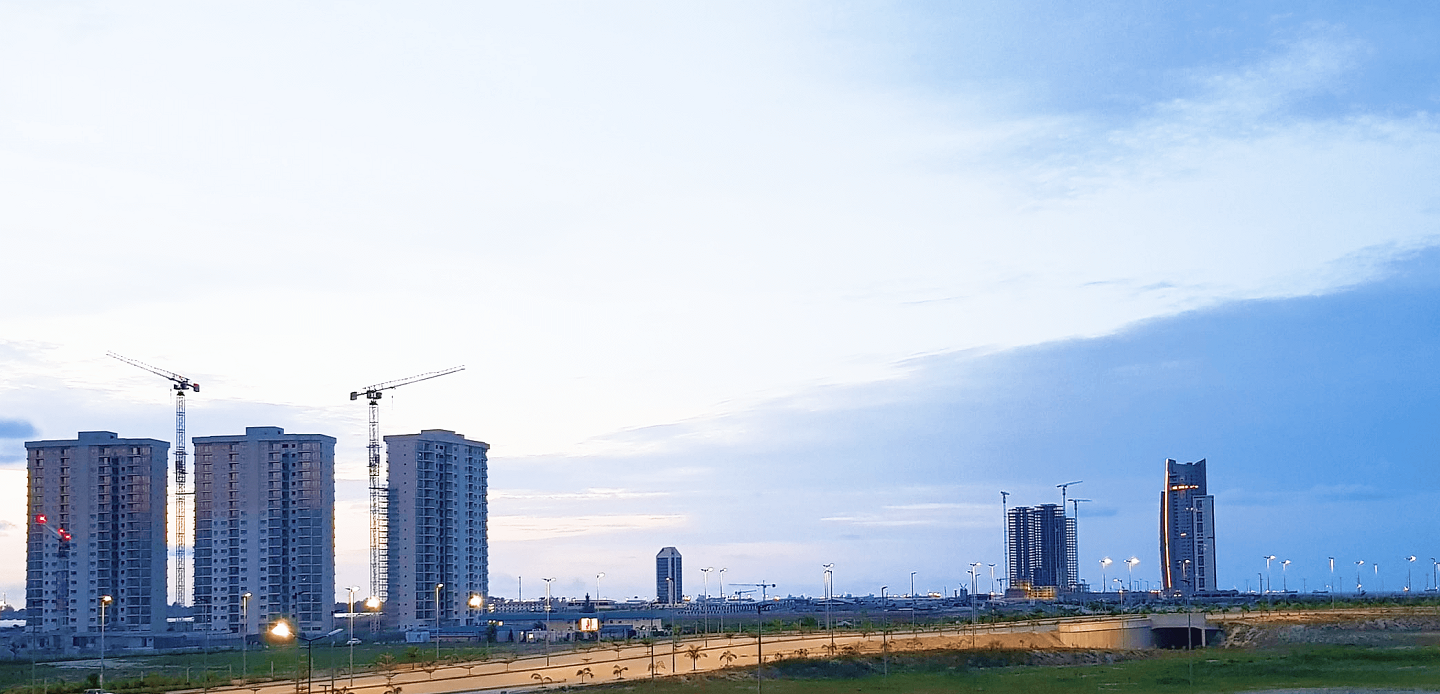The major trend witnessed in the Nigerian Energy and Utilities sector over the last 12- 18 months is increased government intervention through policy and regulation. There has been a focus on strong market regulation and a cost reflective tariff system, as evidenced in the Nigerian Electricity Regulatory Commission’s (“NERC”) new electricity tariff, called the Multi-Year Tariff Order (MYTO 2015) effective from February 1, 2016. The MYTO 2015 eliminates fixed charges and prescribes a robust mechanism which ensures that electricity distribution companies fully meter their consumers and eliminate baseless billing within one year.
Improvements in the performance of the Nigerian power sector in the past 2 years have dramatically increased power delivery by 35% and have bought breathing space for major reforms required to attract the investment needed to transform Nigeria’s power sector. Nigerian national power supply has reached new peaks with a daily average of 4,000 MW being achieved with a significant decrease in major blackouts. The improved service delivery in power has produced savings to Nigeria estimated by industry and infrastructure experts as worth over $1.2bn in a full year.
Nevertheless, the 4,000MW now being generated for Nigeria’s population of 180 million is grossly inadequate. In contrast, Brazil generates 100,000MW of grid-based power for 201 million and South Africa generates 40,000MW for 50 million.
Annual public sector investment averaging US$2bn between 2006-2009 leading to only moderate increases in power supply resulted in the Nigerian Government taking the logical decision to privatise the bulk of its power. This culminated in the execution of Share Sale Agreements and Concession Agreements, signifying the hand-over of power sector assets to 14 Preferred Bidders for 15 of the 17 Companies created out of the Power Holding Company of Nigeria on 21 February, 2013.
The current benefits are the outcome of the establishment in 2010 by the Nigerian government of a Power Programme Support Unit (PPSU) in collaboration with and management by the DFID-funded Nigeria Infrastructure Advisory Facility (NIAF), which is managed by Adam Smith International. The PPSU’s mandate was the rehabilitation of under-performing assets, adding more generating and transmission capacity to the grid, as well as stabilising the network by reducing the alarming number of system collapses. This resulted in the development of a comprehensive rehabilitation plan, with over 10,000 lines of activity, involving repairs and upgrades on plant and equipment across Nigeria, some of which had not been adequately maintained for decades.
However, with average annual per capita power consumption at only 155 kWh, Nigeria ranks amongst the lowest in the world. In contrast to its status as a leading global oil producer. Nigeria’s per capita electricity consumption is 7% of Brazil’s and 3% of South Africa’s. At the same time, at least 50% of Nigerian households have no connection whatsoever to the grid. Self-generation (diesel or petrol generators) in Nigeria is estimated to be 6,000MW.
According to DFID-NIAF estimates, Nigerians and the Nigerian economy pay unduly for the power gap in demand and supply. The poor currently pay more than N80 ($0.38)/kWh burning candles and kerosene, whereas manufacturers pay in excess of N60 ($0.28)/kWh on diesel generation. Meanwhile, everyone else who can afford it pays around N50-70 ($0.24-0.33)/kWh for self-generation. By contrast, grid power, if available, costs between N18 and N23/kWh.
The absence of adequate power is the most significant barrier to economic growth in Nigeria. If the current power situation continues as is until 2020, the Nigerian government estimates that some $97 bn (US dollars) in GDP would be lost every year.
